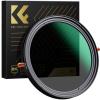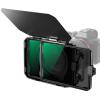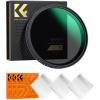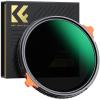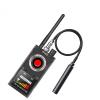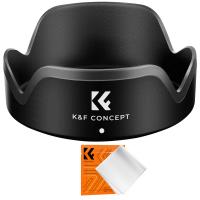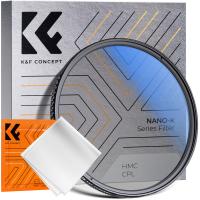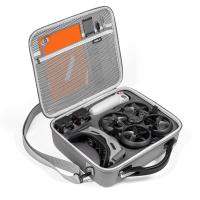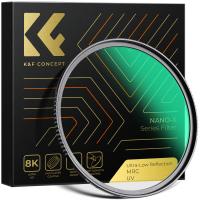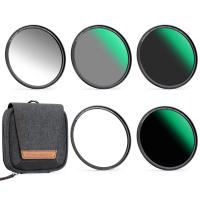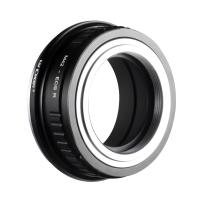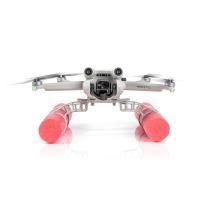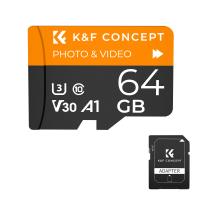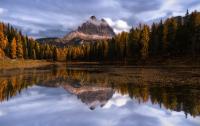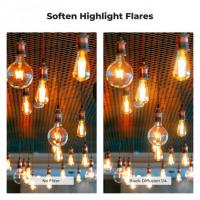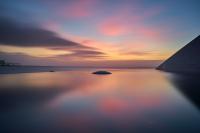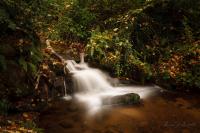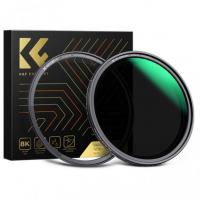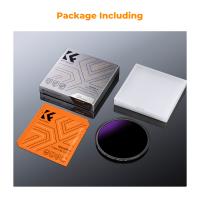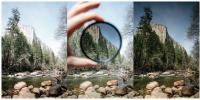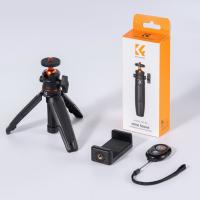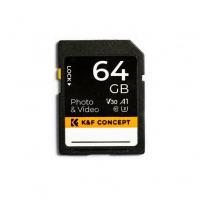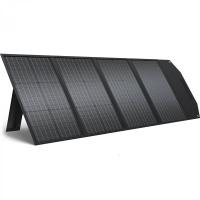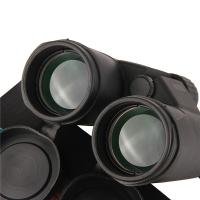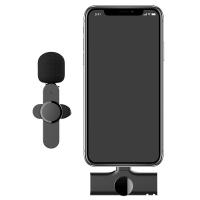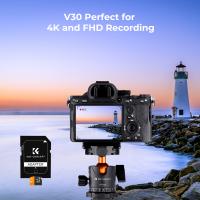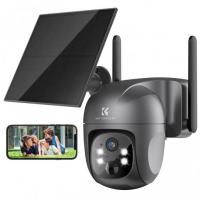What is the difference between a CPL filter and a ND filter?
2025-06-13 02:29:44
In the realm of photography and videography, filters can significantly improve image quality while also expanding creative capabilities with respect to light, exposure and color. The two most popular categories used are Circular Polarizing Filters (CPL filters) and Neutral Density Filters (ND filters). Both filters do influence the way light enters the lens on your camera, but their purposes and impacts in your images are well, worlds apart. Two frequently mixed and abused words by both amateur or worse, semi-pros who don’t know any better. In this post, we will post focus on the differences between CPL and ND filters, their appropriate use and practical applications, so you can make better decisions on which one to use.
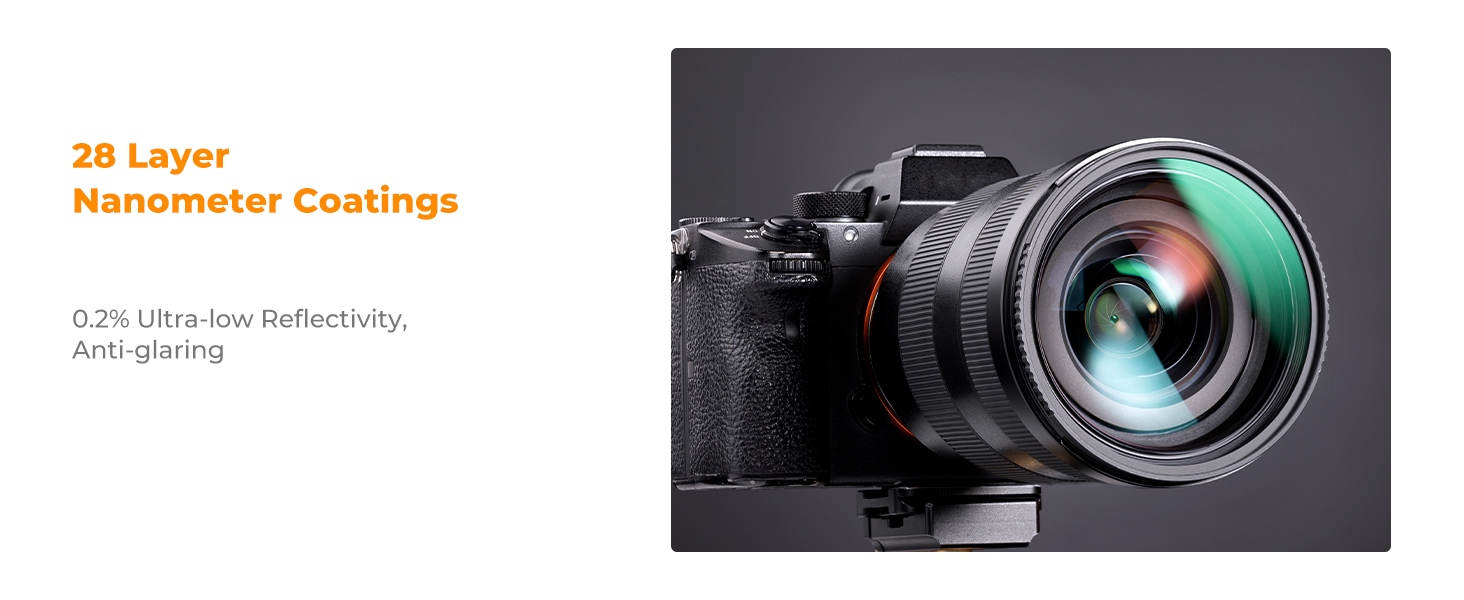
What CPL and ND Filters Are Really Used for
Fundamentally, CPL filters and ND filters are for distinctly different primary purposes.
CPL: Circular Polarizer Filters
A CPL filter is constructed to regulate polarization of light waves. When light is natural it's scattering throughout all locations and sometimes this scattered light creates unwanted reflections, glare or washed out skies. "A CPL filter filters out some of the polarized light waves and lets the rest though, causing:
1. Possible reduced reflections on Non-metal surfaces such as water, glass, and or Leaves.
2. More saturated colors, particularly in sky and foliage.
3. More contrast between the clouds and the sky.
4. Overall colour vibrancy is increased.
Neutral Density Filters (ND)
A ND filter is used to reduce the different amounts of light your camera is getting without affecting the color or other aspects of the image. I like to think of it as sunglasses for your camera. aThe number one use of an ND filter is:
1. Let you shoot in bright light even at max aperture.
2. Allow use of slower shutter speeds to get nice looking blurring to subjects in bright light.
3. Judder-free movement in water, clouds and among other moving objects.
4.Reduce the light by 2/3 of your exposure, 3 stop filter screens, ADDS the light to your image.
[ND FILTER & STANDARD COVERAGE]: Unlike a CPL filter, an ND filter has no impact on reflections and color saturation, and it provides a standard coverage which reduces light evenly in the image.

Optical Characteristics: How They Function
How CPL Filters Work
CPL filter are constructed from a special type of polarising film sandwiched between two layers of optical glass. When light is reflected from a surface, it is often polarized — that is, it vibrates preferentially in one direction. The CPL filter filter blocks or lowers this polarized light by rotating the filter model, which enable the photographer to control the density of reflections and glares.
For instance, in case of photographing a lake, using Polarizer can make water transparent and show what is at the bottom of the water such as stones, algae and murk.
How ND Filters Work
ND filters are constructed from darkened optical glass which reduce the amount of light reaching the film or sensors. ND filters are rated by their optical density, typically called ND2, ND4, ND8, or by how much light they reduce by (e.g., 1-stop, 2-stop, 3-stop).
For example, a ND8 filter will only allow 1/8 of the light to pass through and an ND1000 only 1/1000 of the light to pass through the filter.
Use Cases for CPL Filters
1. Landscape Photography:Take clearer pictures from a greater distance and take a close-up picture 2. without further spending - through Landscape Photography.
3. Water Scenes: Eliminate reflections from water on lakes, rivers, or oceans.
4. Glass Surfaces: Reduce or eliminate reflections on windows or other glass structures.
5. Foliage:Eliminate light penetration through foliage which can interfere with colour saturation.
Use Cases for ND Filters
1. Long Exposures: Make fast moving waterfalls and rivers as well as the oceans and all water smoother.
2. Background Blur: Take wide aperture images in daylight to get a blurred background (bokeh) effect.
3. Motion Blur Effects: Use to blur moving objects such as clouds, crowds or vehicle lights.
4. FEATURES>Cinematic Video: Achieves the shutter angle 180°(1/48) in a bright location Shot a video without overexpose.
Common Misconceptions
Many beginners think that CPL = ND and ND = CPL or something similar but the effect from the CPL, will not be effected by a ND filter and both benefit from each other. To more specifically answer your second question, simply put; a CPL can't significantly decrease intensity levels on light (only about 1–1.5 stops) and an ND can't dampen reflections.
Colour is impacted the same way by ND filters as they are with CPLs.
ND filters are meant to be “neutral,” and not to change color balance. The problem Most cheap ND filters have is a color cast, it becomes a factor that gets bigger with stronger densities (ie ND1000 or stronger). CPL filters, on the other hand, actually boost color saturation by polarizing out colors.
By the way, CPL filters are effective at any angle.
CPLs work best when shot perpendicularly to the sun. At wider angles, the effect of reflections and saturated colours falls off.
Combining CPL and ND Filters
There are cases where you want both filters at same time. For instance, to shoot a waterfall on a sunny day:
The CPL is excellent to cut through reflections of water on the wet rocks, and to brighten up foliage.
The ND will provide the shutter speed you need for silky water flow.
There are a lot of variable ND filters available that include a polarizing elements but you sometimes get cross-polarization or inconsistency in the darkness across the frame (commonly known as the “X-pattern”). Thus, it’s often preferable to use a combination of good quality CPL and ND filters that don’t make you slider the less bad one up and down and stack them, assuming that your lens can support a little extra glass filter weight without resorting to the use of vignette correction.
Practical Scenarios Explained
SCENARIO ONE: Shooting a Lake Landscape The Bible says to ask and you will receive.
Problem The bright sky is washing out the colors and there are distracting reflections on the lake’s surface.
Solution: Use a CPL filter. Turn the thing until you have the least reflections and no sky at all.
Case 2: Shooting a waterfall on a bright day
Issue: You have too much light for the long exposure you need to create a silk-like flow in the waterfall.
Solution: You can add ND filter to block the light that will allow you longer exposure time and eliminate over exposure.
Scenario 3: If You’re Shooting a Film-Style Video at High Noon If you’re filming a cinematic-style video and you find yourself shooting between 10am and 2pm on a sunny day, that can be tricky as the bright sun can be extremely harsh.
Problem: Bright sunlight mid-day needs to be matched with fast shutter speed, which ruins the cinematic feel.
Solution: Using an ND filter, you can establish a reliable frame rate and shutter speed while preventing over-exposure.
Case 4: Capturing a Cityscape Behind Glass
Issue: Reflections in windows ruined the shot.
Solution: use a CPL filter to reduce or eliminate the reflections in the glass.
Technical Considerations and Constraints
CPL Filters
Light loss: It will decrease the density of light 1 to 1 5 stop.
Angle Sensivity: Degree of effect depends on the angle toward the light source.
Autofocus Interference: Uncommon, but may confuse autofocus in low light Jun 15, 2021 Read Review
ND Filters
Mixed Strenghth: You have to choose the right density depending on the lighting.
Color Cast: Some of the cheaper models can throw an unpleasant color shift.
Focusing Problem: It’s difficult to compose and focus through the ND filters which are extra dark.
CPL or ND Filter?
When determining which filter is worth a purchase, consider your main shooting priorities:
If you’re an avid landscape, nature, water or glass photographer, you need a CPL filter.
If you’re not keen on long exposures, a cinematic look or smooth motion, an ND filter is a must.
In an ideal world, most photographers and videographers have both, as they are used for two different reasons.

